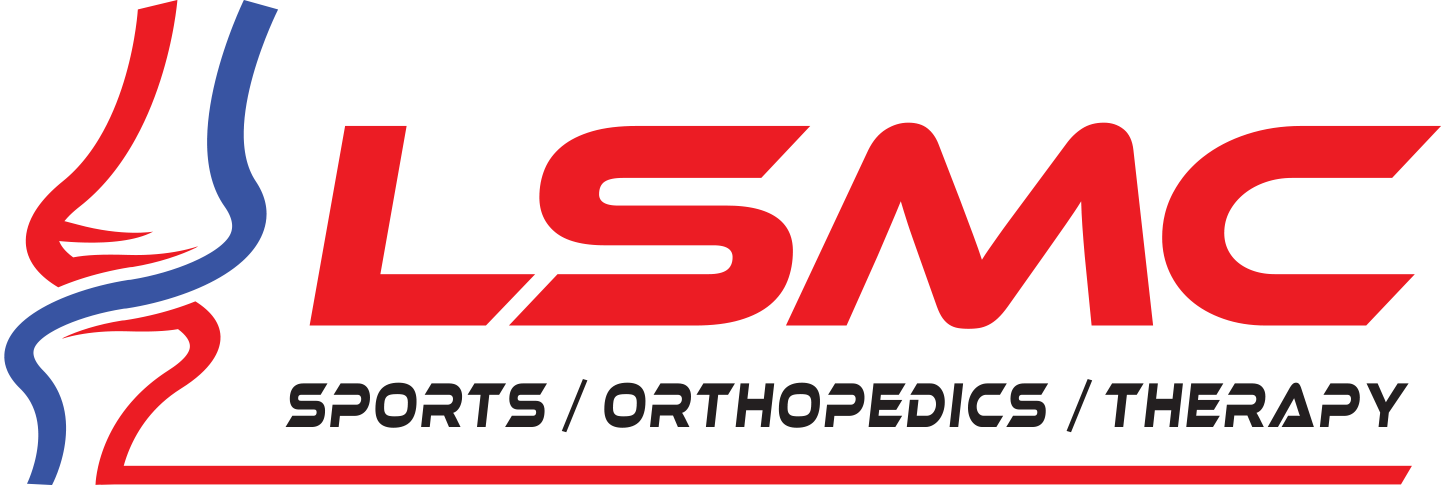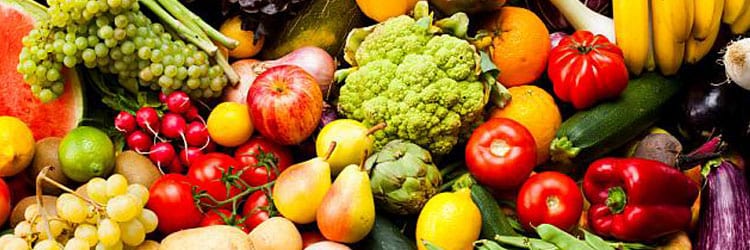Beginner athletes often struggle with under-fueling their workouts, particularly when taking on a new endurance endeavor like a triathlon or a half marathon. A common misconception of beginner athletes is that they have to be “competitive” or “elite” to need to replenish their body like experienced athletes. Also, beginners often have weight loss goals, leading them to reduce calories before, during or after workouts, which does not promote weight loss or enjoyment in exercise. As a result of not getting enough of the right nutrients at the right time, beginners fatigue early during exercise, both mentally and physically.
These are the top tips for beginner athletes who want to feel great during exercise to reach their performance and body composition goals.
Don’t Exercise on an Empty Stomach
Put some gas in your tank before starting your workout. Carbohydrate is the preferred fuel for exercise, so 30 to 60 minutes before exercise eat something that is easily digested and carbohydrate-rich. Great pre-workout snacks are:
- Low-fat fruit yogurt
- A banana
- A slice of 100 percent whole grain toast with fruit preserves
- A small bowl of oatmeal with sliced strawberries or apples
Before workouts lasting 90 minutes or more, a more substantial pre-workout meal is appropriate to help your stomach feel satisfied throughout the exercise session. A balanced meal before a workout could be:
- Low-fat fruit yogurt with a sprinkle of granola and sliced pecans
- Sliced banana and natural peanut butter spread on 100 percent whole grain crackers
- Scrambled eggs with veggies and a slice of 100 percent whole grain toast with fruit preserves
- A bowl of oatmeal with sliced fruit and a side of cottage cheese or chicken sausage
Pay Attention to the Toilet
As the temperature climbs and you spend more and more time sweating, your risk for dehydration will increase. Even slight dehydration makes exercise harder than it has to be. The best indicator of hydration is your urine color. Urine should be a pale yellow color without a strong odor. The goals are to start exercise with pale colored urine and to produce pale urine within an hour of finishing your workout.
If you are noticing dark-colored urine following workouts, you need to drink more throughout your workout. However, if your urine is clear or if you have to stop repeatedly to use the restroom during exercise, you are drinking more fluids than you need and you can back off on your intake.
Don’t Run on Fumes
You should expect to be fatigued at the end of your longest run ever or the hardest bike ride you’ve ever done. But you shouldn’t feel like your body has been completely depleted and you have no more gas in your tank. When you are exercising longer than 60 to 90 minutes, you will need to replenish carbohydrates that are being burned during exercise in order to keep your engine running. There is a limited supply of carbohydrates stored in your body, and once they are gone, you are done. You will feel mentally and physically tapped out. It’s not an enjoyable experience, and it is does not motivate you to wake up the next day and hit the pavement again.
You will need about 45 to 60 grams of carbohydrates per hour of exercise. Experiment with different combinations of foods and sports products to reach this goal. During exercise mix-and-match these 30-gram carbohydrate options:
- 1 banana
- 6 pretzels
- 2 Fig Newton’s
- ? peanut butter and jelly sandwich
- 1 package of Clif Shot Bloks or Gu Chomps
- 1 gel pack (Clif, Gu, or Powerbar)
- 16 oz. sports drink (Clif, Gu, Powerbar or Xood)
Salt May Be What the Doctor OrderedIf you finish your workout with white crust on your visor, your clothing or on your skin, you are likely a salty sweater. The longer you exercise, the more salt you will lose in your sweat, so you’ll need to consume extra salt (sodium) during exercise. If you are exercising long enough to need to replenish carbohydrates, you will also need to replenish sodium. Pretzels and sports products provide sodium; to ensure that you are getting adequate sodium during your workout, stay on the lookout for any of the following signs of hyponatremia (low blood sodium) during and after your long workouts.
- Headaches
- Nausea
- Muscle cramps,/li>
- Disorientation
If you experience these symptoms, increase your sodium intake during exercise by choosing higher sodium sports products or by adding an electrolyte replacement to your water or sports drink. The symptoms of hyponatremia are very similar to symptoms of dehydration, so consider your symptoms in relation to your consumption of fluids and urine color. If your urine is clear and you have a headache, it’s likely that a salty snack will help and more water will make the headache worse.
Respect Your Body After Exercise
Your body just did something amazing. You just reached a new exercise peak! Honor your body following exercise by having a nourishing, balanced meal within an hour of finishing exercise and drink plenty of fluids. After exercise and especially after a race, your body is working hard to rehydrate, to store carbohydrates for tomorrow’s workout, to repair fatigued muscles and to reduce inflammation to promote optimal recovery from exercise. Focus on unprocessed and colorful foods to make a balanced recovery meal:
- 100 percent whole grain toast spread with ricotta cheese, sprinkled with ground ginger and cinnamon and topped with sliced pear or berries
- 100 percent whole wheat pita stuffed with chicken or salmon salad (mix curry powder, grapes, raisins and pecans into salad)
- Spaghetti squash or 100 percent whole grain pasta with marinara sauce and low fat chicken sausage and spinach salad
- Smoothie with yogurt, tart cherry juice, banana, blueberries and almond butter
- Baked yam or sweet potato stuffed with saut?ed spinach and chicken
- Scrambled eggs with a tortilla, black beans, salsa and fruit salad









